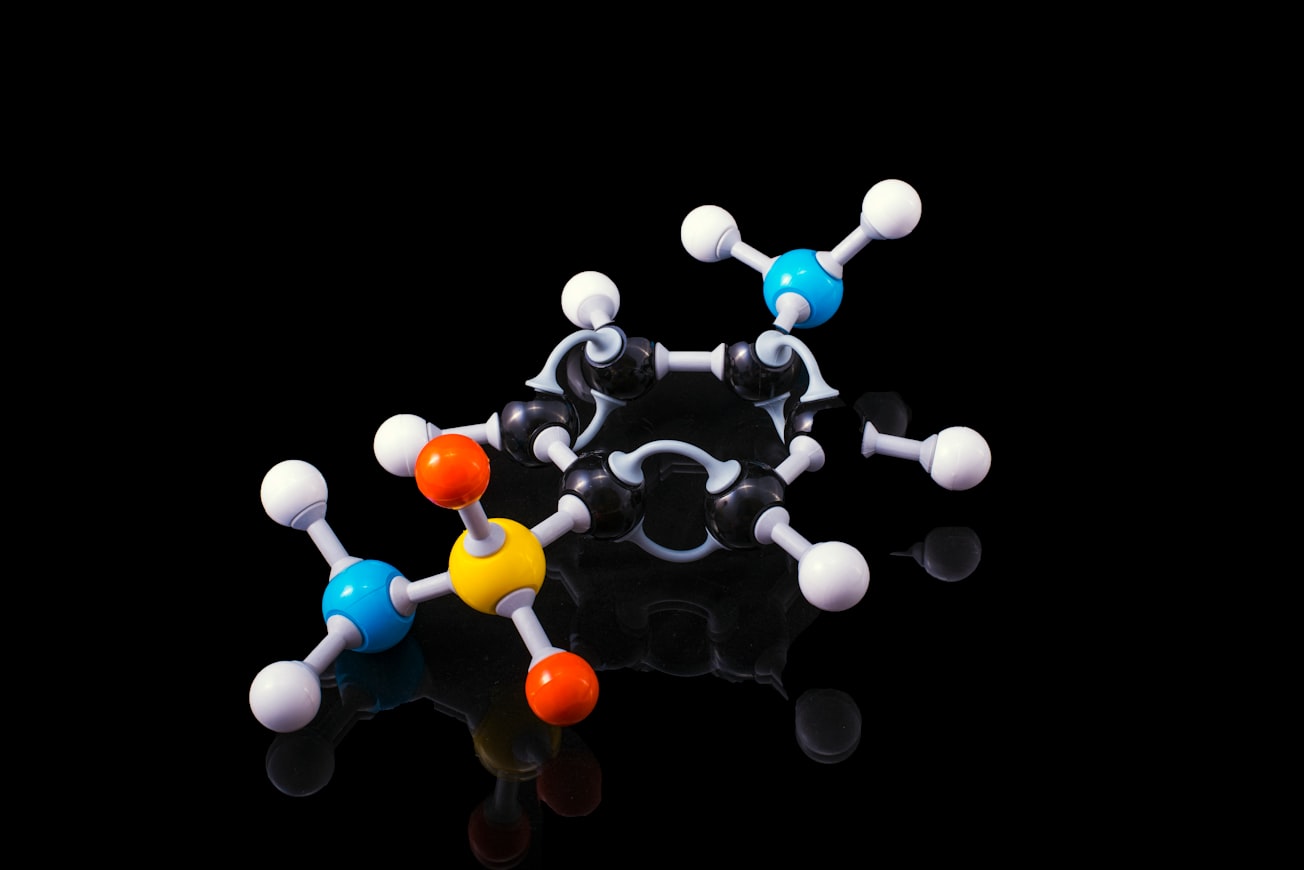What is it about?
Terrones et al. presented new carbon crystals 5, 6 and 7 members per ring. Oganov et al. proposed Phagraphene (penta-hexahepta-graphene) with sp2 hybridization that conserves graphene Dirac cones in the first Brillouin zone, but these Dirac cones are distorted. However, Phagraphene nanoribbons (PGNRs) began to be studied in a similar way to graphene (GNRs). Chen et al. studied the hydrogen passivation at the PGNRs edges in the armchair and zigzag configurations showed an alteration of the bandgap. Alessandre et al. reported that the BN-doped PG can open a bandgap like a semiconductor device. Silva Jr. et al. reported the comparison of electronic transport properties in molecular devices based on G and PG which observed the topological insulator-metal transition in the ZPGNR.
Featured Image

Photo by Terry Vlisidis on Unsplash
Why is it important?
This work presents an investigation on the electronic transport of two devices based on Zigzag Phagraphene Nanoribbons of different widths (ZPGNR1 and ZPGNR2) with Nitrogen-doped edge terminations based on DFT-NEGF methodology using TranSIESTA code. Our results show different transport regimes: (i) ZPGNR1 device exhibits metallic behavior and metal-semiconductor transition when the bias voltage is increased, with symmetry on the eigenchannels (ECs) and the field-effect transistor (FET) signature; and (ii) ZPGNR2 device presents topological insulator (TI) behavior and two operation windows, the first with FET signature characterized by the TI-semiconductor transition and the second with resonant tunnel diode (RTD) signature with broken ECs symmetry due to potential barrier caused by N-doping at the edge and the central region is preferential transport path for the device, inherent to TI systems, generating a negative differential resistance (NDR). Another alternative for ZPGNR2 is to consider a current limiter device Molecular Positive Electronic Transition (MPET)-like.
Perspectives
More than anything else, and if nothing else, I hope you find this article thought-provoking. As perspective, we are investigating the electronics and optical properties of the unit cell (PG, Psi-G, Penta-G, Pop-G, among others) and comparate with the Graphene properties.
Prof. Dr. Carlos Alberto Brito da Silva Jr.
Universidade Federal do Para
Read the Original
This page is a summary of: Design of Molecular Positive Electronic Transition Device, Journal of Computational and Theoretical Nanoscience, June 2021, American Scientific Publishers,
DOI: 10.1166/jctn.2021.9729.
You can read the full text:
Resources
Contributors
The following have contributed to this page







